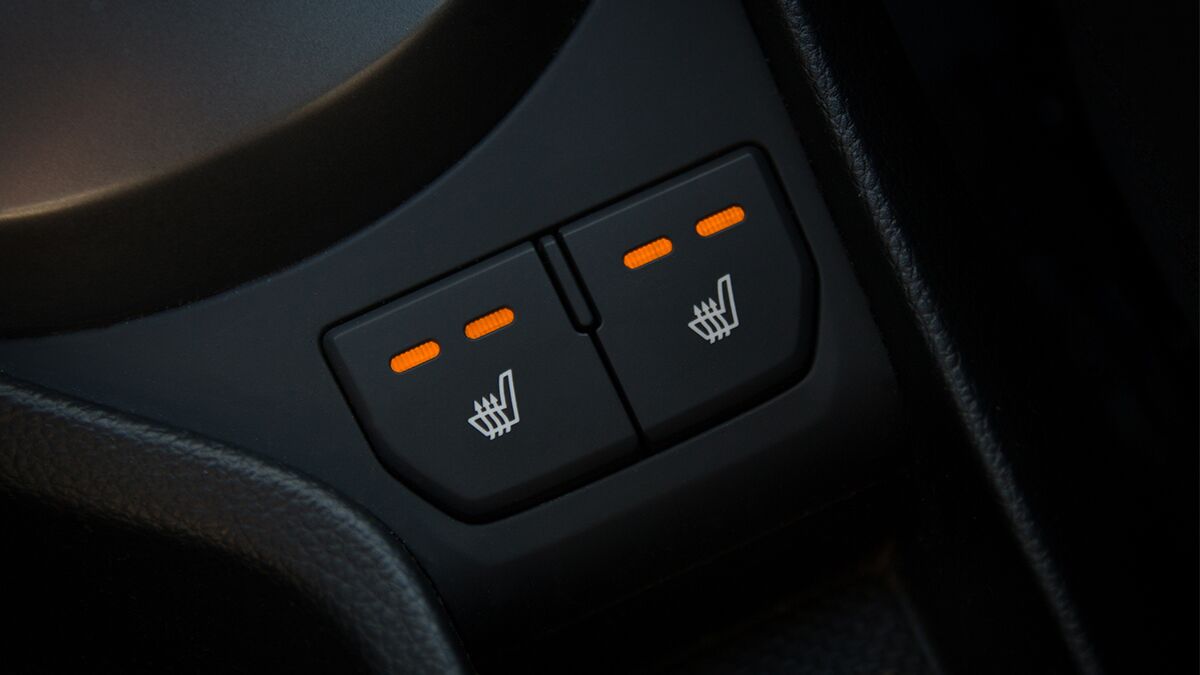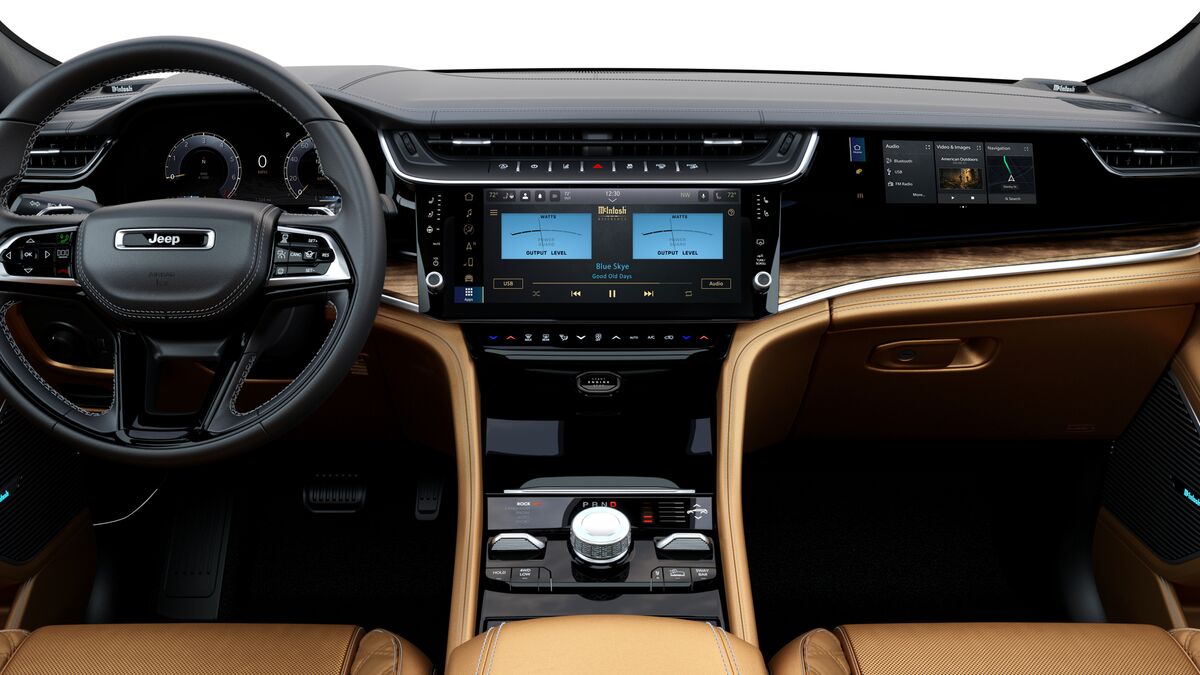- The U.S. and the European Union might accept each other’s safety and emissions rules
- The impact of such a move is unclear
Little is certain about evolving trade between the U.S. and the European Union (E.U.). But a document released last week raises startling new questions for the auto industry.
In late July, the White House announced a trade deal that would reduce tariffs on European cars from 25% to 15%. But in a practice that has become routine under President Donald Trump, the U.S. provided no documentation or details.
Last week, we learned why. Negotiators from both sides released a joint statement showing that, despite the announcement, they’re still negotiating the terms of the deal. Tariffs have not decreased.
However, a clause in the joint statement has triggered intense discussion in the auto industry. It reads, “The United States and the European Union commit to work together to reduce or eliminate non-tariff barriers. With respect to automobiles, the United States and the European Union intend to accept and provide mutual recognition to each other’s standards.”
That would seem to suggest that a car legal to sell in one country might be allowed in the others.
The statement then confuses the issue further, saying the two sides “commit to enhance opportunities for technical cooperation between EU- and U.S.-domiciled standards development organizations with the objective of identifying and developing standards for the transatlantic marketplace in key sectors of mutual interest.”
Meaning Unclear, Could See New Cars on Both Continents
- Some analysts think the agreement could allow new cars on both sides of the Atlantic
Industry publication Automotive News explains, “The implication of the language in Article 8 of the statement has divided industry experts.” Some think “the new rules would allow imported vehicles from each other’s regions to be sold on both sides of the Atlantic without meeting the same safety and emissions standards.”
Some European safety groups are alarmed. The advocacy group Transportation & Environment warned “Pedestrians, cyclists and drivers are at increased risk as the rapid rise in monster U.S. pickup trucks on Europe’s roads is set to accelerate after the EU-US trade pact.”
However, it is unclear whether European consumers would be interested in the large trucks and SUVs common to American automakers. They are not a natural fit for smaller European roads, often laid out before the automotive age.
However, the move could also allow American dealerships to sell European-spec cars. AN explains, “European vehicles would not have to meet federal safety and emissions standards. That would save European automakers from having to install beefier bumpers, tougher rear-end collision mitigation hardware, mandated electronic safety features, U.S.-specific lighting, and other modifications.”
That could allow U.S. dealers to import some forbidden fruit cars, like diesel-powered Land Rovers or high-end exotic vehicles not built to U.S. safety standards.
Current U.S. law allows Americans to import some foreign-approved cars not sold in the U.S. 25 years after their debut, but not immediately.
Different Safety, Emissions Rules
- E.U. safety standards focus on pedestrians, U.S. standards on passengers
- Emissions rules are even cloudier, with the U.S. potentially abandoning them entirely
European safety rules, AN notes, “are geared more toward pedestrians” than U.S. regulations.
American companies often decline to sell their most popular products in the E.U. because it would require developing expensive technologies like external airbags and bumpers that are safer for pedestrians.
Domestic rules, meanwhile, are tougher on car-to-car collision safety, particularly from the rear.
Europe has a strict new set of emissions standards that will take effect next year. The U.S., meanwhile, may abandon tailpipe emissions rules altogether under Trump. The EPA has started a process that could see it conclude that it has no authority to regulate car pollution.
That may prove the ultimate hurdle in the negotiation. The joint statement said both that the parties “intend” to accept each other’s standards, and that they’d try to develop joint rules. The two sides may be too far apart to accomplish either.








